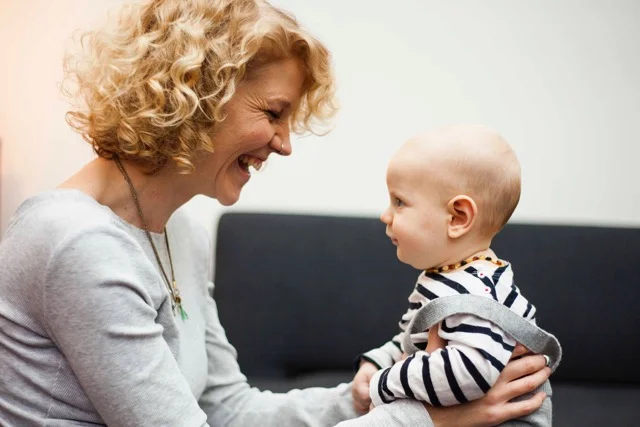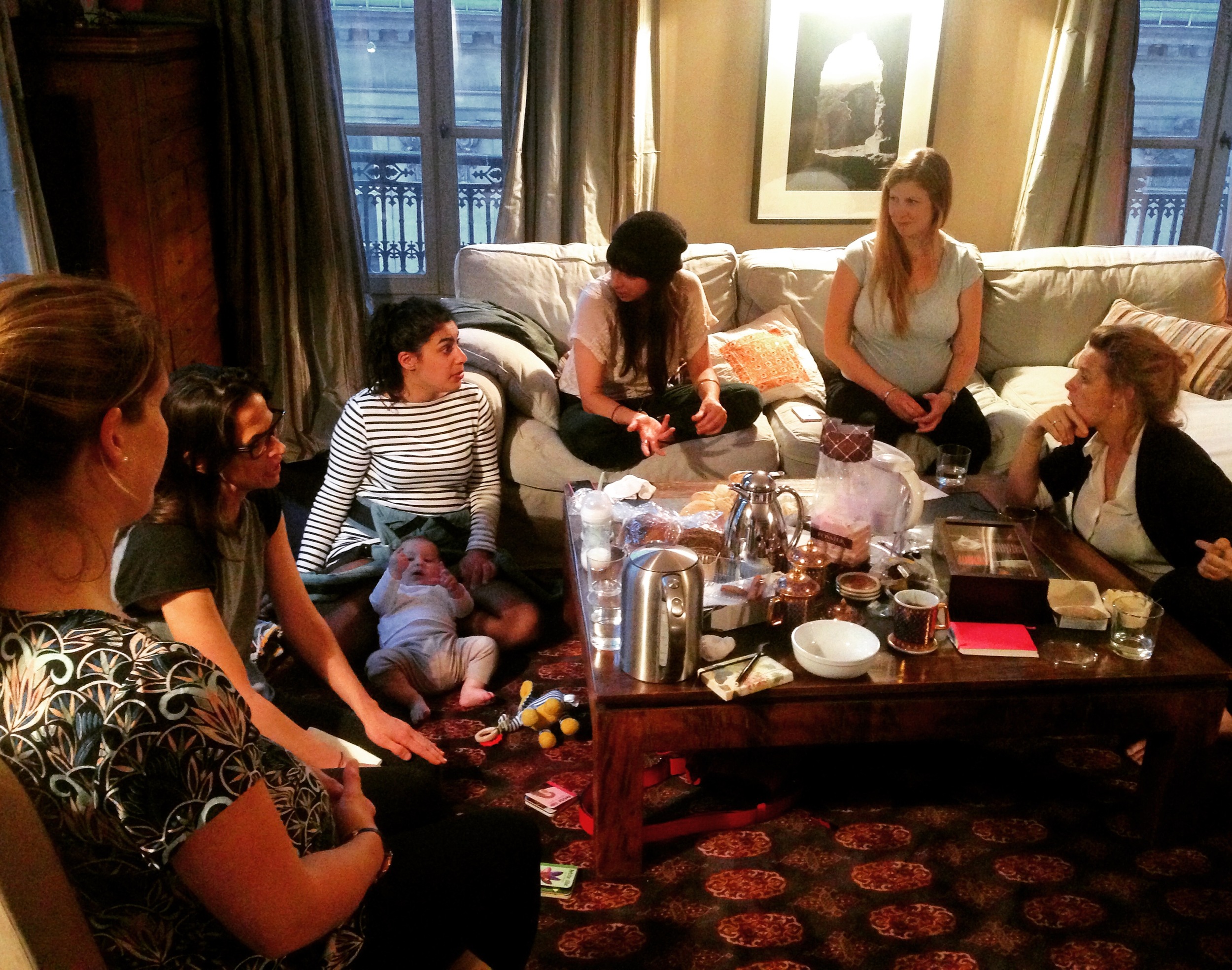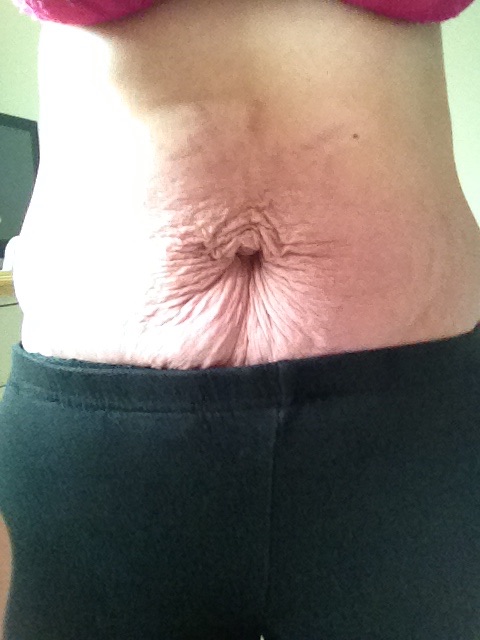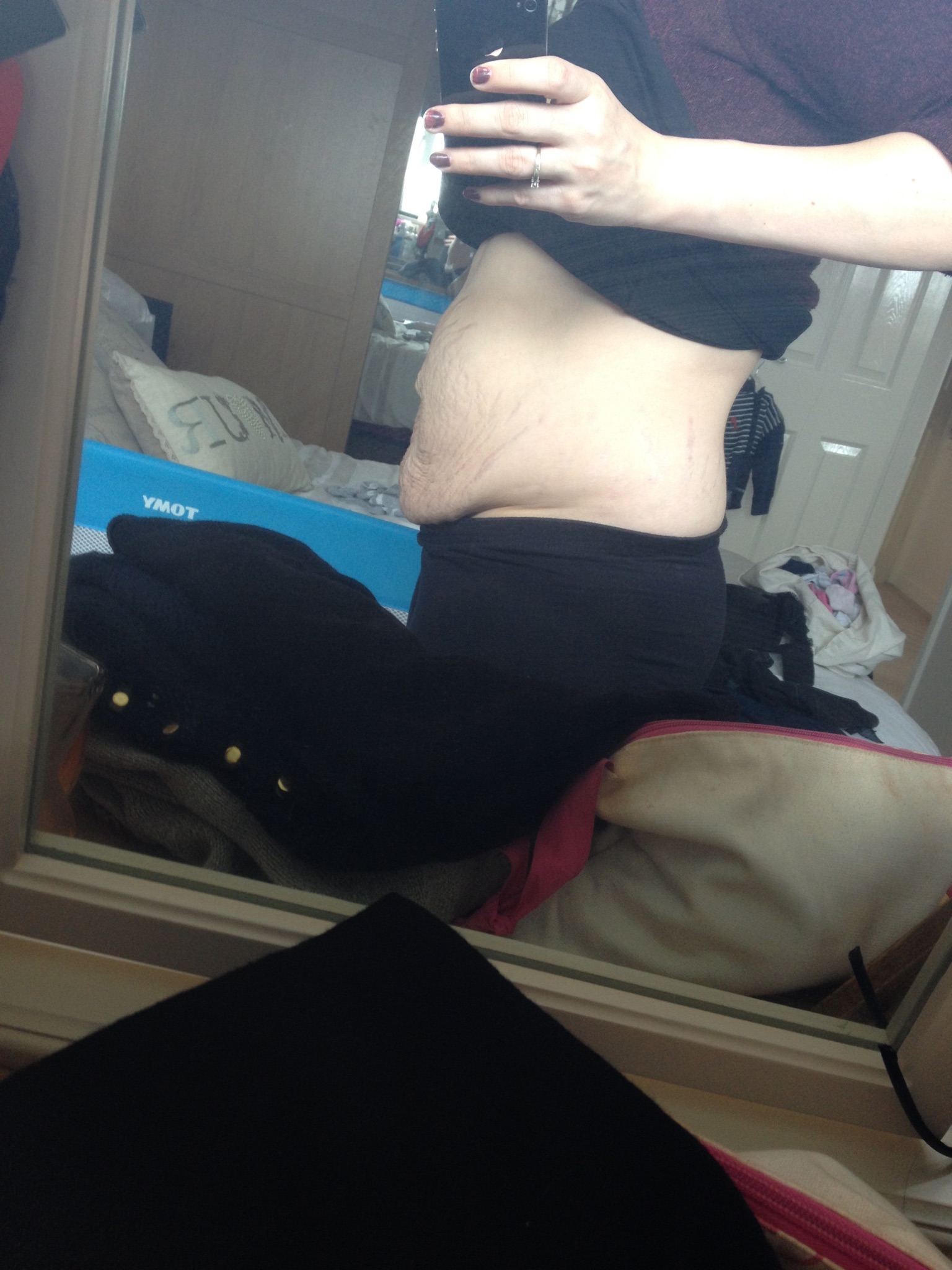“The breath is both ordinary and miraculous. It is with us wherever we are, and just by becoming aware of it we can find moments of calm in any situation.” Nancy Bardacke, Mindful birthing
Your internal guide: The breath IS you
The more I learn of birth - and the more I learn of techniques that facilitate a calm, confident, and empowered birth - the more and more invested I become in the power of the breath.
The breath is our home, our anchor, our ever-present guide.
It holds an extraordinary potential to focus the mind, to strengthen our concentration, and fundamentally alter our emotional state from one minute to the next.
It is easy to observe that the breath is intrinsically and inextricably linked to our emotional states – we Sigh to express relief, we hyperventilate when we are anxious, we are advised to‘take a deep breath,’ when we are about to face a tough situation, and we ‘HUFF’ exaggeratedly to demonstrated that we have had enough or we are fed up.
The absence of the breath
The fact that many modern antenatal classes now focus more on bombarding parents with masses of information, in largely indigestible chunks, rather than developing any practical skill that will actually empower them to cope with, and to flourish, during pregnancy, birth and parenting, continues to both astonish and concern me. Most notably, the fact that there now exists little or no exploration of the breath as a powerful tool in childbirth, in many of these so called childbirth ‘preparation,’ classes - whilst they always certainly include an in-depth description of medical pain relief options and interventions- seems a revelatory sign of the times.
Fundamentally, the breath teaches us coping mechanisms from within ourselves, a transformative capacity from within our own bodies and our own minds. Medical interventions, however, come from something and someone outside of us. The absence of the breath thus appears as yet another manifestation of the current ideological trajectory that exists within modern thinking around childbirth; the message is that we, and our bodies are not enough, our birthing power comes from outside of ourselves.
What is mindful breathing?
Mindful breathing simply refers to the activity of becoming more acutely aware of the quality and sensations of our breath. We can use a range of techniques to harness the breath as a point of focus and attention, rooting us in the present moment. Grounding us deep within our bodies, and immediate sensations, the breath assists us to become more aware and in-tune with our current sitatuation.
The breath is thus a powerful starting point in beginning to develop awareness of our ever-changing states of emotions and sensations. Through this awareness we can develop greater understanding and acceptance of life events- and the minute-to minute situations they present – subsequently allowing the possibility for us to change our relationship to them.
As Nancy Bardacke points out – there is a difference between ‘reacting’ and ‘responding’ to situations and events. Beginning with the breath, mindfulness gives us the tools to acknowledge things as they are and thus mediate our responses to them.
“we learn to hold whatever we are experiencing in the present moment, in a space of open acceptance of things as they are….in that space of open acceptance we find freedom, the freedom from endlessly struggling to escape from the unpleasant, or endlessly grasping for what is pleasant.” Nancy Bardacke
In this way, the breath is an extraordinarily untapped power that can facilitate you both in your pregnancy and your birth - as well as in your parenting and life at large.
I would encourage anyone and everyone to begin to connect with these techniques. The benefits are instant and they are very simple to learn, the best part being that you already have everything you need to begin. The breath is a power that already exists, uniquely within you…
The breath IS you, so when you change your relationship to the breath, you change your relationship to yourself, and your situation
The breath is perfectly portable, and available at every moment; it exist always and everywhere inside of you. In this way our connection and synchronicity with the breath teaches us self-awareness, self-reliance and self-confidence.
Unlike other forms of holistic health, healing, and wellbeing - such as acupuncture, massage, or even Yoga - the breath does not require any special accessories or equipment. It does not require anyone or anything else outside of you. Once you have learnt how to connect with the breath - and go deeper into yourself - you have learnt an essential power that will be both your friend and your guide through the challenges of pregnancy, birth and parenting.
It IS good because it FEELS good
Before we go into any elaborate physiological details of why the breath helps us to feel more calm, composed and empowered let me first simply say that even without the wealth of information and research that we now have to support the benefits of the breath and mindfulness, you will absolutely and instinctively know these benefits for yourself - because you will FEEL them! And it feels truly Wonderful!
During my hypnobirthing classes, and antenatal preparation as a Doula, I use a variety of techniques to encourage women to begin to develop their relationship and connection with the breath. Women almost ALWAYS report feeling more calm, positive, grounded and confident- amongst other wonderful things – at the end of doing these simple exercises.
The benefits become evident simply by doing the practises themselves.
The breath and the nervous system.
Conscious breathing holds the powerful capacity to calm and stabilise our nervous system. In this way it directs and re-directs our emotional state, our physical body, and our reactions to events. When we breathe deeply and calmly we trigger our para-sympathetic nervous system, also know as the ‘rest and digest’ response - as opposed to our sympathetic nervous system, the ‘fight or flight’ stress response. In this way conscious breathing changes both our emotional and physical state. The physical repercussion include lowering the blood pressure and the heart rate which in tern reduces stress and anxiety.
Numerous studies have also shown that our ability to balance stresses by regularly moving into the ‘rest and digest’ response (into the parasympathetic nervous system, and out of the sympathetic nervous system) is essential for our physical and emotional wellbeing and healing.
Oxytocin and the Breath
In the world of birth, breastfeeding, and bonding, Oxytocin truly is Queen Bee.
Oxytocin is the hormone and neurotransmitter that it responsible for making the uterus contract during labour, as well as making the muscles around the milk ducts contract to release the mothers breast milk during breastfeeding.
Almost everyone in the birth world will tell you that Oxytocin is the labour and birth hormone par excellent, but what many people don’t know is that Oxytocin is also uniquely linked to a range of other intricate human emotions and behaviours such as closeness, receptivity, openness, nurturing and nourishment.
In ‘The Oxytocin factor,’ Dr Kerstin Uvnas Moberg explores this miraculous role that Oxytocin plays in human behavior and bonding. She argues that since Maternal bonding is so strongly influenced by this hormone, Oxytocin is arguably a key factor in the continuation of the species itself.
Dr Moberg refers to Oxytocin as the ‘calm and connectedness,’ hormone and explores, in depth, how it works to elicit the exact mirror opposite of the stress ‘fight or flight’ system. Unsurprisingly then, is the relationship with this hormone to relaxing and calming activities such as massage, meditation, positive thought and yes, you guessed it deep breathing! In particular, Oxytocin is associated with the ‘exhale’ or the outbreath, which is why particular emphasis is placed on a long slow outbreath during labour.
When we rest and relax we trigger Oxytocin, and when we breath deeply we calm the nervous system. Thus in a complex web and interplay with the ‘rest and digest’ (parasympathetic nervous system) response, and the ‘calm and connectedness’ hormone Oxytocin, the breath can have a powerful effect in stimulating relaxation and reducing stress, which are vital – if not indispensable - aspects of cultivating a positive labour and birth.
Baby and the breath
Whilst the effects described above undoubtedly have positive repercussions for the emotional wellbeing of the mother, they equally hold the potential for positive repercussions on the wellbeing of her unborn child.
We now have an ever-expanding base of evidence that points to the link between maternal emotional wellbeing and that of her unborn child.
Molecules of maternal emotions- including stress hormones such as adrenaline -are able to travel through the maternal bloodstream, through the umbilical cord and cross the placenta to reach the developing brain of the unborn child.
In his book ‘Pre-parenting,’ David Verney outlines numerous studies which demonstrate the detrimental effects that excessive maternal stressors can have on the development of the unborn child. In one study, Sandman, Wadha et al. found a significant relationship between maternal stressors (the most significant stressors being life-event stress and pregnancy anxiety) and pregnancy outcomes such as premature birth and low birth-weight.
Other studies have also compared mothers under stress while pregnant with babies of calm mothers, showing increased hyperactivity, motor problems, and attention deficit of babies in the maternal stress groups.
Verney thus argues that the newborn brain is variously “bathed” in the positive, joyful, hormones of oxytocin and endorphins, OR stress hormones such as endorphins and adrenaline. Such exposure has the potential ‘prime’ the growing brain of the unborn infant with either a pre-disposition to react in ‘fight or flight’ mode throughout life, or alternatively promoting a life-long sense of wellbeing.
Of course, fluctuating periods of calm and stress are a normal part of women’s everyday lives, and the researchers in these studies are keen to clarify that such normal ebbs and flows are not shown to have significant impact on the baby. However what this evidence does suggest is that sustained periods of excess stress and low mood can have detrimental effects on the developing brain of the unborn child, as well as the mothers themselves.
It is therefore important that mothers have mechanisms to counteract these periods of ‘fight or flight,’ - and the influx of stress hormones that accompany them - with techniques that restore and rebalance.
Mindful breathing thus presents us with a powerful technique to maintain this crucial equilibrium; ‘neutralising’ the nervous system, counteracting periods of ‘fight or flight’ stress responses and promoting episodes of ‘calm and connectedness.’
I’m planning to have an epidural/ a caesarean birth – is this still useful for me?
Yes! Whether you are preparing for a ‘natural’ birth or not I whole-heartedly believe that the techniques involved in mindful breathing are an incredible resource for everyone and anyone.
Even if you are planning an epidural or a caesarean birth – for whatever reason – you are inevitably going to experience some physical discomfort and anxiety at some point during your pregnancy and birth; these breathing techniques will help you to remain calm, confident and relaxed during those times of potentially increased stress.
The skills learned whilst practising mindful breathing techniques can equally be carried beyond pregnancy and birth and used as a vital resource to face challenges during parenting - and in life at large!
I want to learn more about practising mindful breathing techniques!
Great! There are hundreds of books and websites available about mindfulness and breathing techniques, and most hypnobirthing courses will have equally have a strong focus on breath work. Most pre-natal yoga classes will also have elements of breathwork.
Books that I particularly recommend in relation to pregnancy are: “Mindful Birthing,” by Nancy Bardacke, and “Confident Birth” by Susanna Heli.
In the coming weeks I will also be posting some blog-posts about mindful breathing techniques for you to try out. In the meantime you might want to try out some mindfulness apps, or MP3’s available on the internet, such as those available on Peter Renner’s website here (His ‘riding the wave breathing’ is a personal fave of mine!)
The Minded Institute website is also a great source of information on the many benefits of holistic ‘mind-body’ practises, particularly in relation to psychological wellbeing. They have various articles on meditation, including examples of breathing meditations which you can practise, on their website here:










































